REMEDy integrates the remediation industry
The Polish remediation sector has not yet developed a coherent industry representation or experience exchange forum for entities involved in soil contamination removal processes. Efforts to change this situation were taken by the organizers of REMEDy - the first Polish conference integrating the remediation environment.
Piotr Pietruszyński
The lack of a strong, organized industry environment in the remediation sector means that legislation in this area is ambiguous, while the exchange of knowledge and experience between stakeholders and their cooperation is difficult. The organizers of the first conference in Poland dedicated to the remediation industry and cooperating entities attempted to change this picture.
Panelists of the REMEDy conference discussed Polish remediation regulations from the practical point of view, as well as legal solutions and experience of other countries, including Italy, Great Britain and United States. Much attention was also paid to technological issues and innovations in this area as well as to establishing dialog between representatives of the remediation industry.
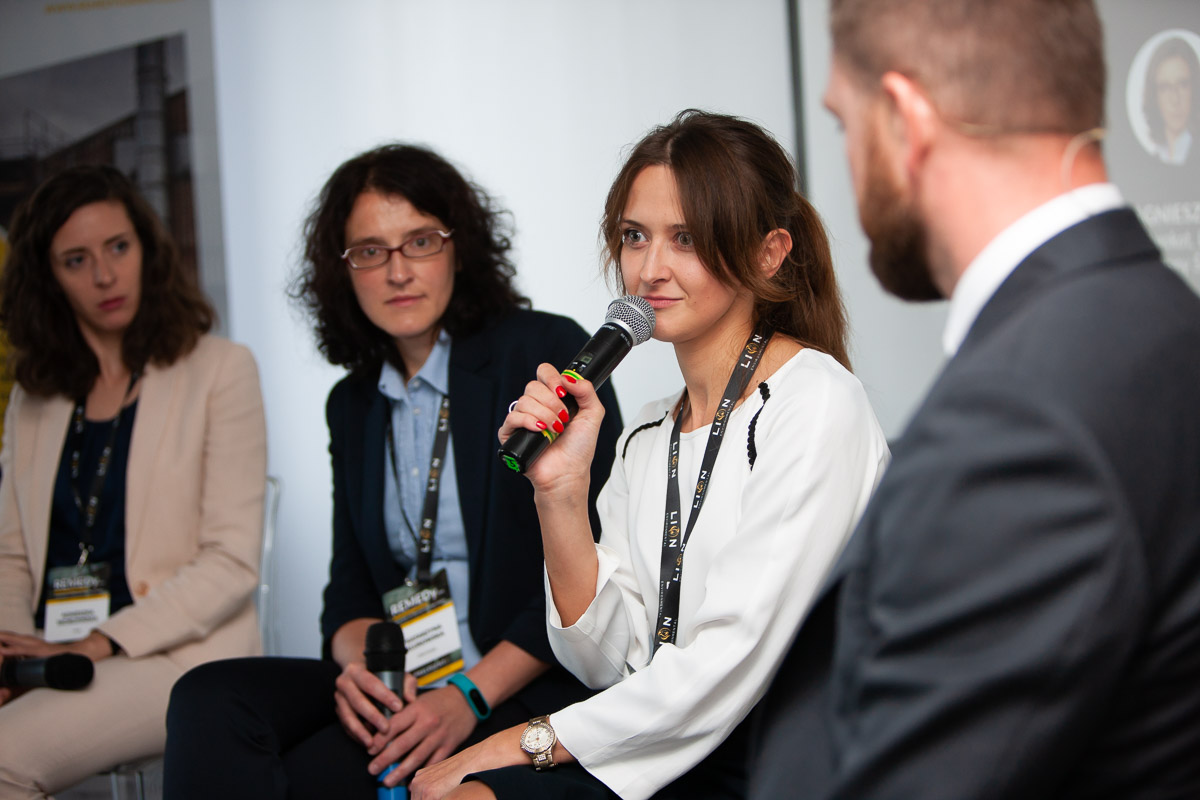
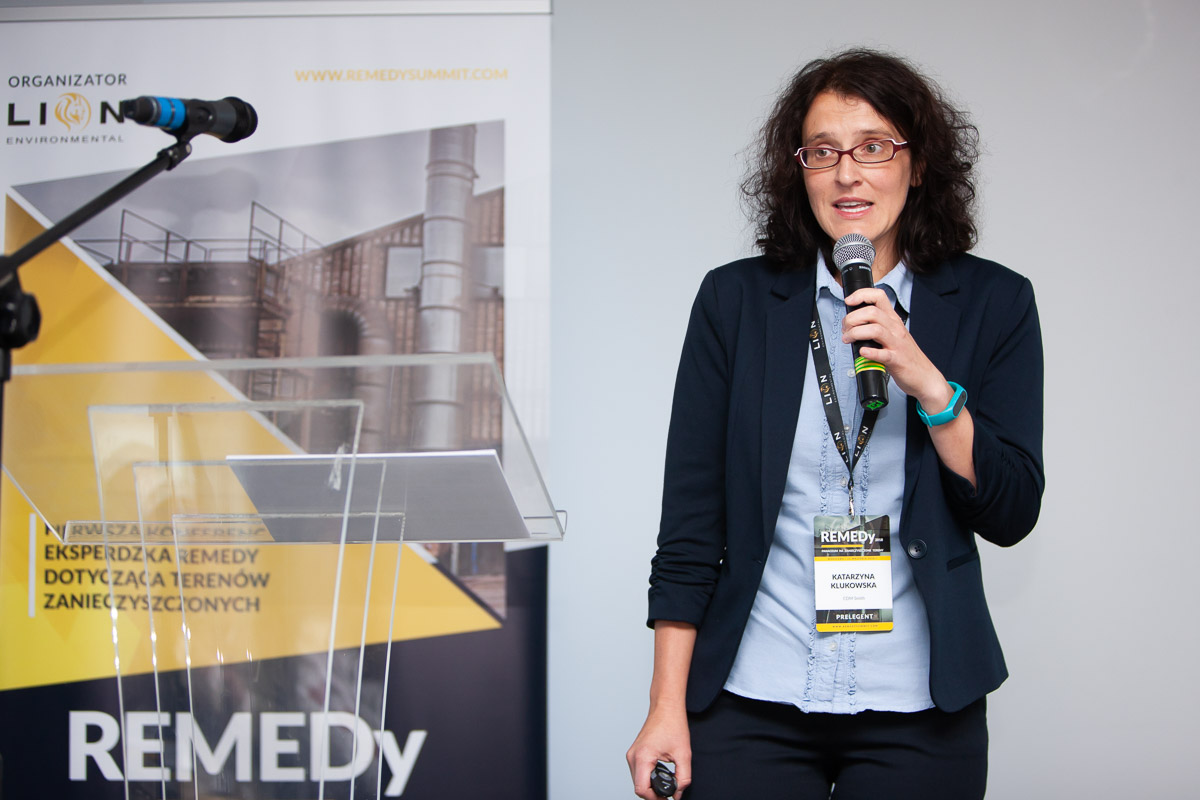
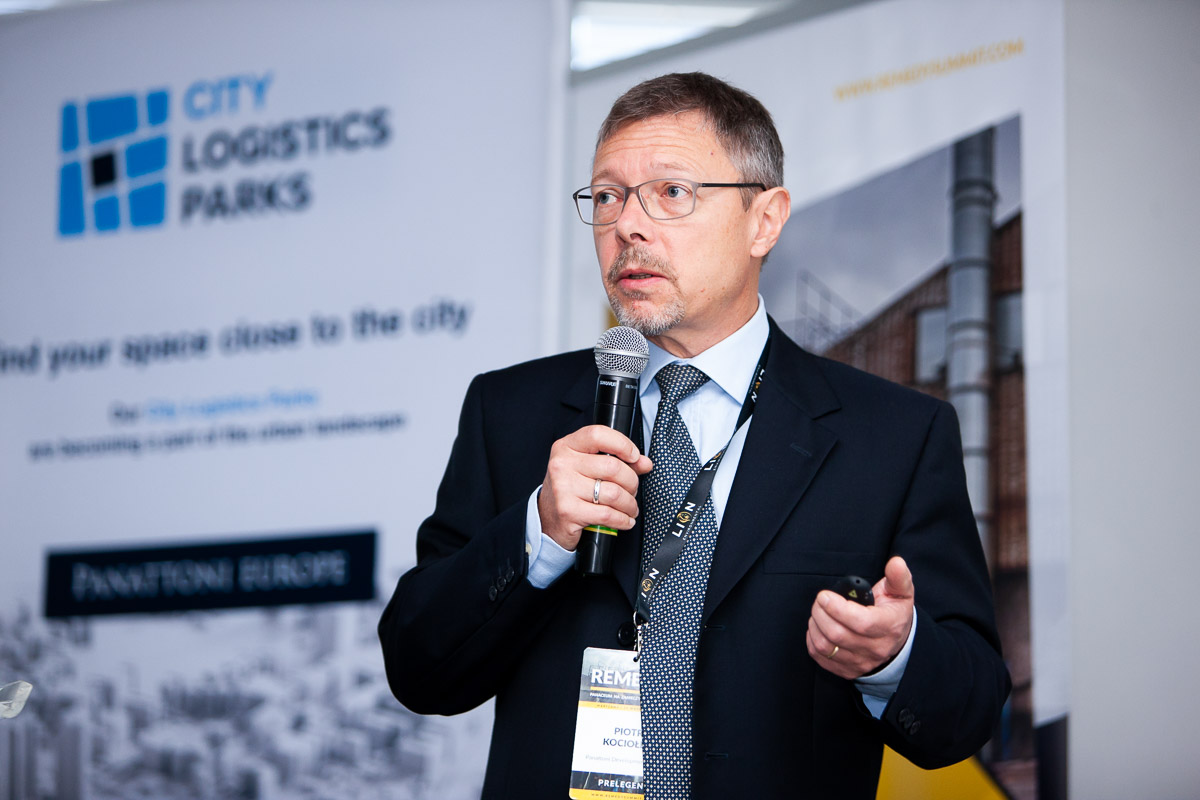
Ambiguous legal regulations
Monika Rzeźniczak, technical director at Lion Environmental, talked about the most common problems with the interpretation of legal regulations concerning contaminated areas in Poland and the technical and organizational problems resulting from this fact.
Example? "It often happens that in the local spatial development plan, for example, industrial functions with a possible commercial function are indicated. According to the current interpretation of the law, such land should be treated as a potential commercial area regardless of the investment project"- says Monika Rzeźniczak. "If the investor intends to allocate a plot of land for production activities, should he still compare the results of land quality analyses with the most stringent standards for first category land?" - she wonders. According to Monika Rzeźniczak, it is difficult to talk about economic legitimacy here. Remediation works should consider the nature of the activity that the investor intends to conduct in a given area.
Risk assessment and environment state results from legal conditions and constitute a mandatory element of the remediation plan project. Katarzyna Klukowska, a specialist in geology and the environment at CDM Smith, talked about the evaluation procedure and problems caused by current legal situation. In her opinion, the Polish legal infrastructure describing remediation processes leaves many understatements.
Confirmation of contamination means that "substances that pose risk are present in our area in excessively abnormal volume" - Klukowska explains. However, the problem arises when the permissible level of substances in the ground should be established, especially when they are not listed in the Annex to the Ordinance of the Minister of the Environment of 1 September 2016 concerning method of ground surface contamination assessing. Why? Because, according to Klukowska, the guidance on substances that are not included in the Regulation is unclear. "Everything we do results from the subjective evaluation of a given expert. I can, for example, consider that there is significant pollution in a given area; someone else, guided by slightly different guidelines, will say that there is no such threat. We do not know whether the analysis should be of a qualitative or quantitative nature. The effect of such ambiguity is unfortunately the possibility of manipulating arguments"- she says. There are no unambiguous criteria and standards for groundwater, which makes it very difficult to assess the occurrence of threats.
In this context, the opportunity to compare legal and administrative solutions used in other countries is particularly valuable. Piotr Kociołek, director for environmental protection at Panattoni Europe, presented the principles of law regulating remediation of land in Italy: from the definition and administrative procedures, through the participation of individual stakeholders in the process of remediation, up to the applicable quality standards for both soil and groundwater.
"The Italian remediation market is well-developed, there are various technical solutions available" - claims Piotr Kociołek. Among the positive features of the Italian system, among other things he indicates: the possibility of applying local standards regarding threshold concentrations, or the competence and organizational support of external services even for small municipalities, which on their own would have difficulty in substantively dealing with remediation.
Not only Italian example was presented. The British experience in the context of implementation of the Water Framework Directive was spoken by Robin MacDonald, and on the policy of protection of groundwater in conditions of water shortage - Andre Chiaradia, American expert on environmental protection and health and safety.
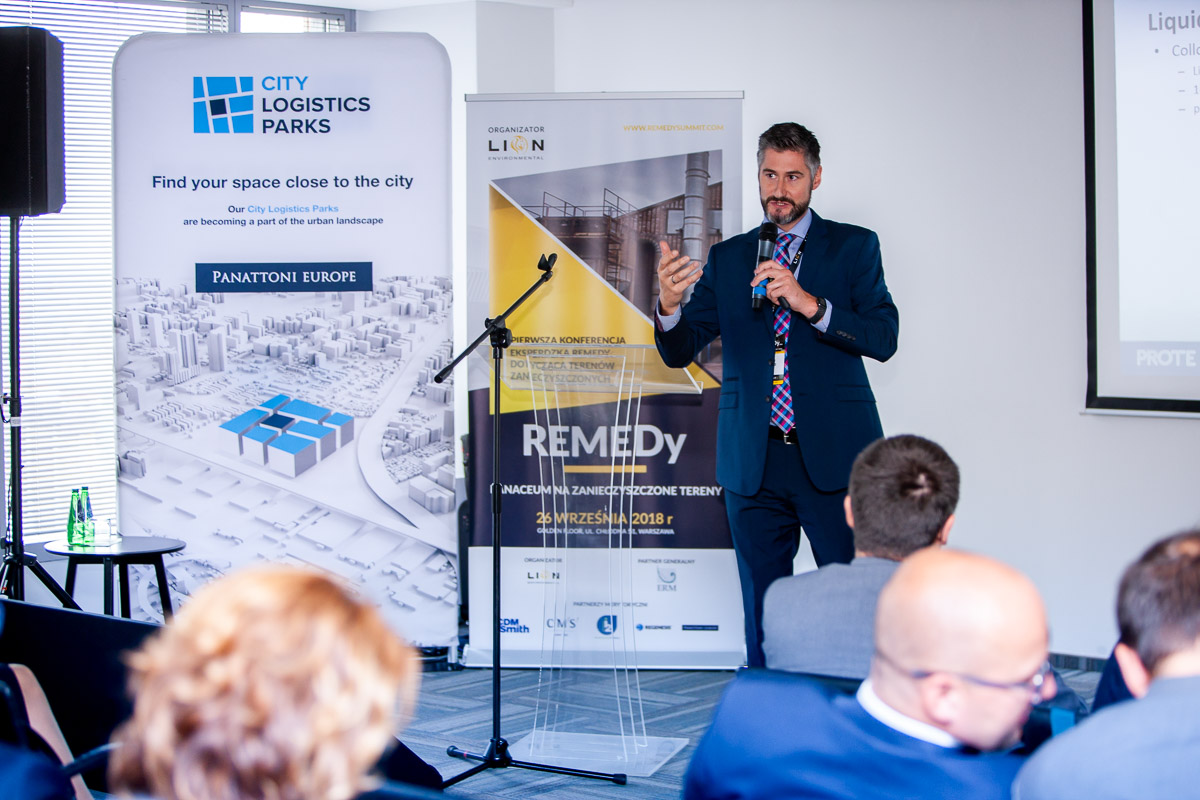

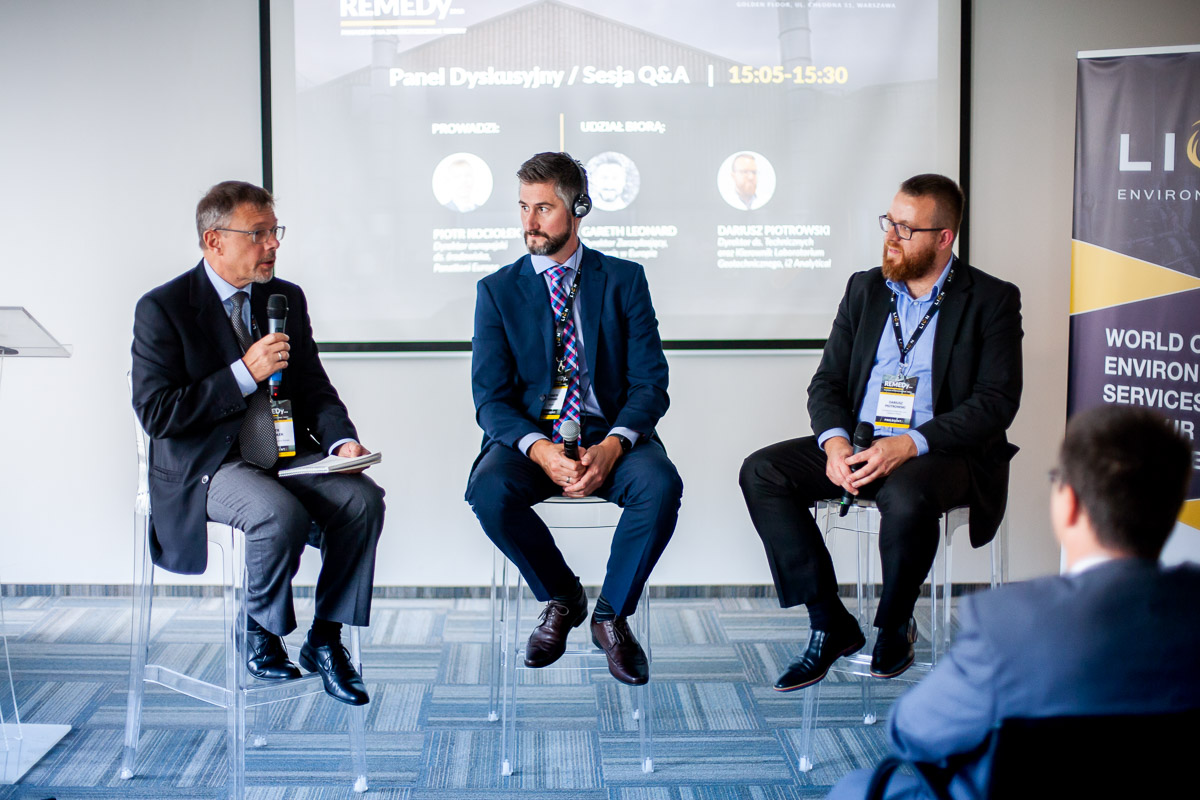
New remediation technologies
Part of the Remedy conference dedicated to new remediation technologies presented, inter alia, innovative applications of dispersive, colloidal (liquid) activated carbon, with which the groundwater pollution can be effectively removed. "We create technologies that are directly injected into the ground to remedy contaminated areas" says Gareth Leonard, Managing Director at the European branch of Regenesis. "One of our latest solution is liquid activated carbon [...]. We have created it to help the biological degradation of organic contamination". The speaker described advantages of this technology, the correct distribution of the substance and its application depending on the type and degree of soil permeability, or the long-term effectiveness of activated carbon depending on the scale of pollution in a given area.
Gareth Leonard also presented other modern methods of groundwater remediation on site (in situ), for example: combined adsorption and increased biological degradation, aerobically accelerated self-cleaning of groundwater, increased chloride reduction and chemical oxidation. Each of the techniques depends on the time, place and specificity of the land. Good results are achieved by combining individual activities and their proper distribution over time, in particular in the case of areas with a high level of pollution, eg oil-derived hydrocarbons. The REMEDy participants had the opportunity to learn about specific case studies on the actual use of innovative remediation techniques discussed by Gareth Leonard.
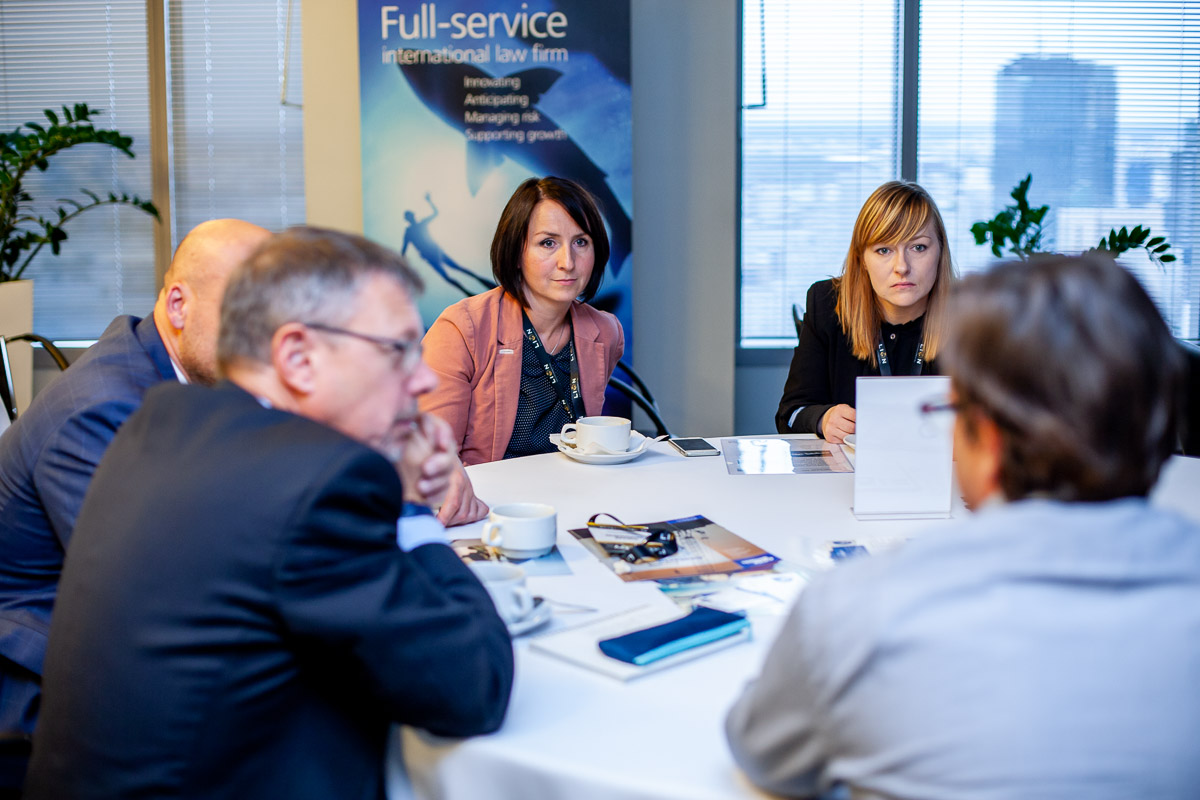
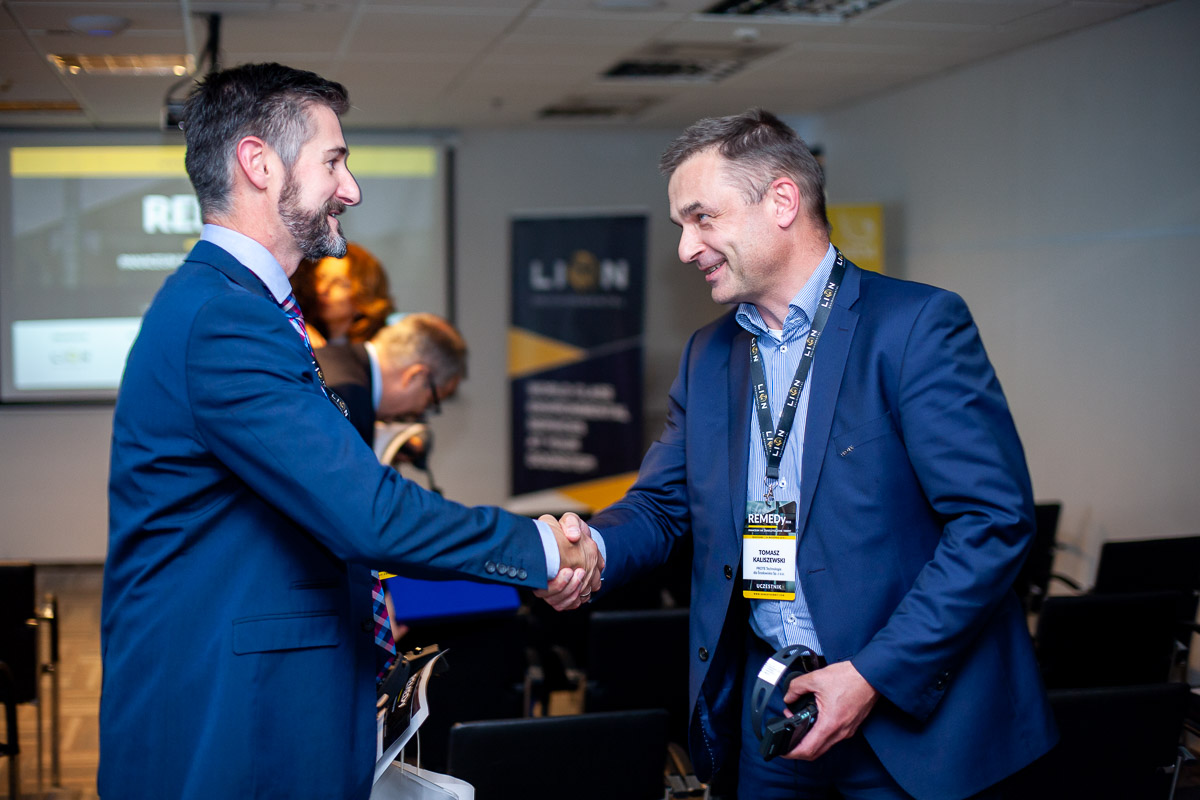
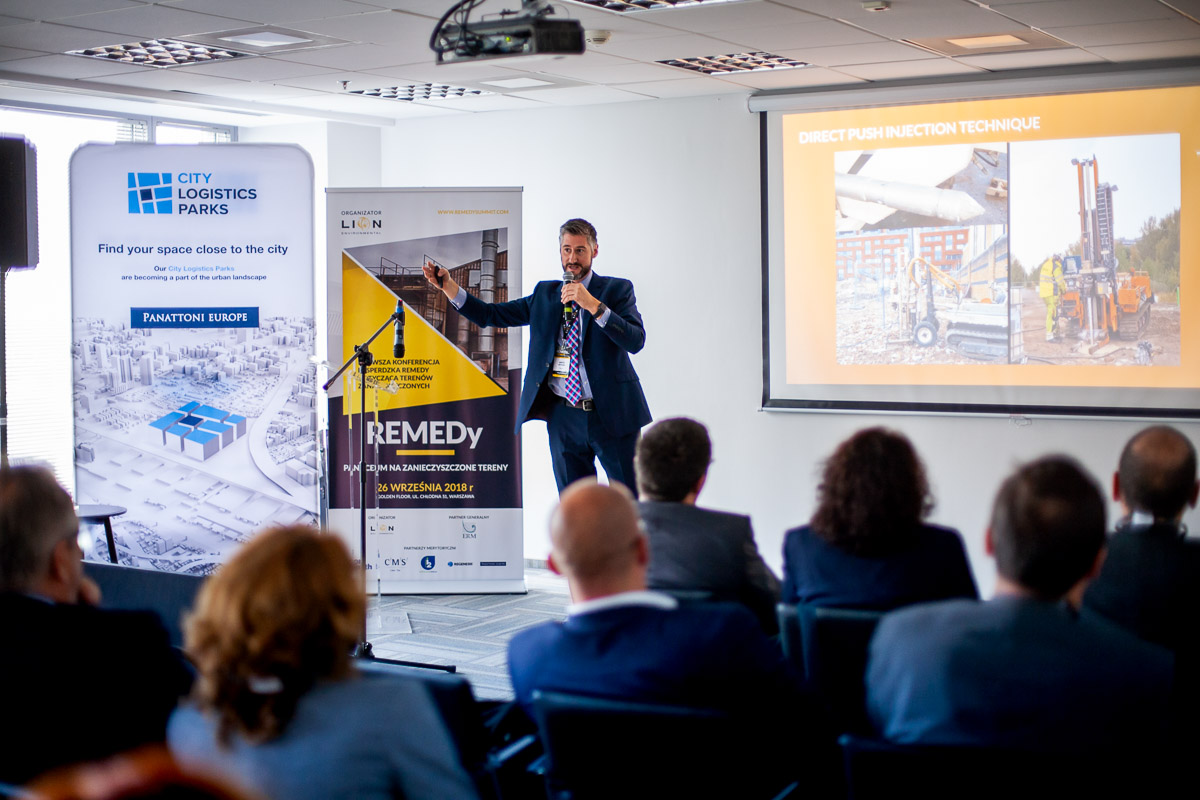
REMEDy Conference 2018
The first Polish conference addressed to the remediation industry and cooperating entities was held on September 26 in Warsaw by Lion Environmental, a consulting company operating in the field of environmental engineering and health and safety as the main initiator of the event. The general partner of REMEDy was ERM - a company providing consulting services in such areas as: environment, health and safety.
"In my opinion, the biggest challenge for the industry is now comprehensive and reliable inventory of contaminated areas, then balancing the interests of the participants in the process, to achieve the required environmental effect while maintaining a balance of work inputs and financial outlays. Dialogue in the remediation environment is necessary to develop clear procedures, in accordance with the principles of sustainable development" - emphasized Karolina Motyka, the main specialist of the Regional Directorate for Environmental Protection in Wrocław.
"Our conference has shown that there are a lot of topics that might require legal changes. Some of them are also interesting for the government side, which is why it is worth going out with a bottom-up initiative. Of course, the voice of the remediation industry would have much greater significance if it were expressed through, for example, a trade association"- says Agnieszka Skorupińska, attorney, leader of environmental protection practice at the CMS law firm.
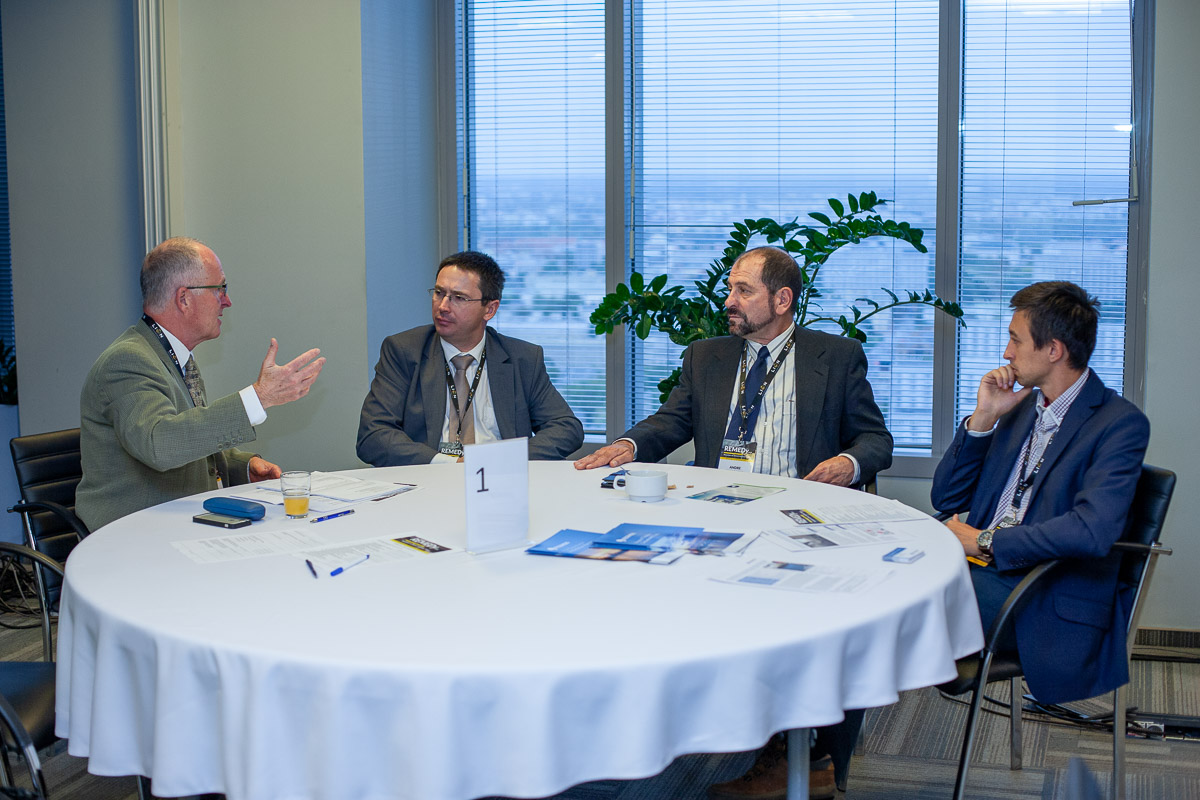
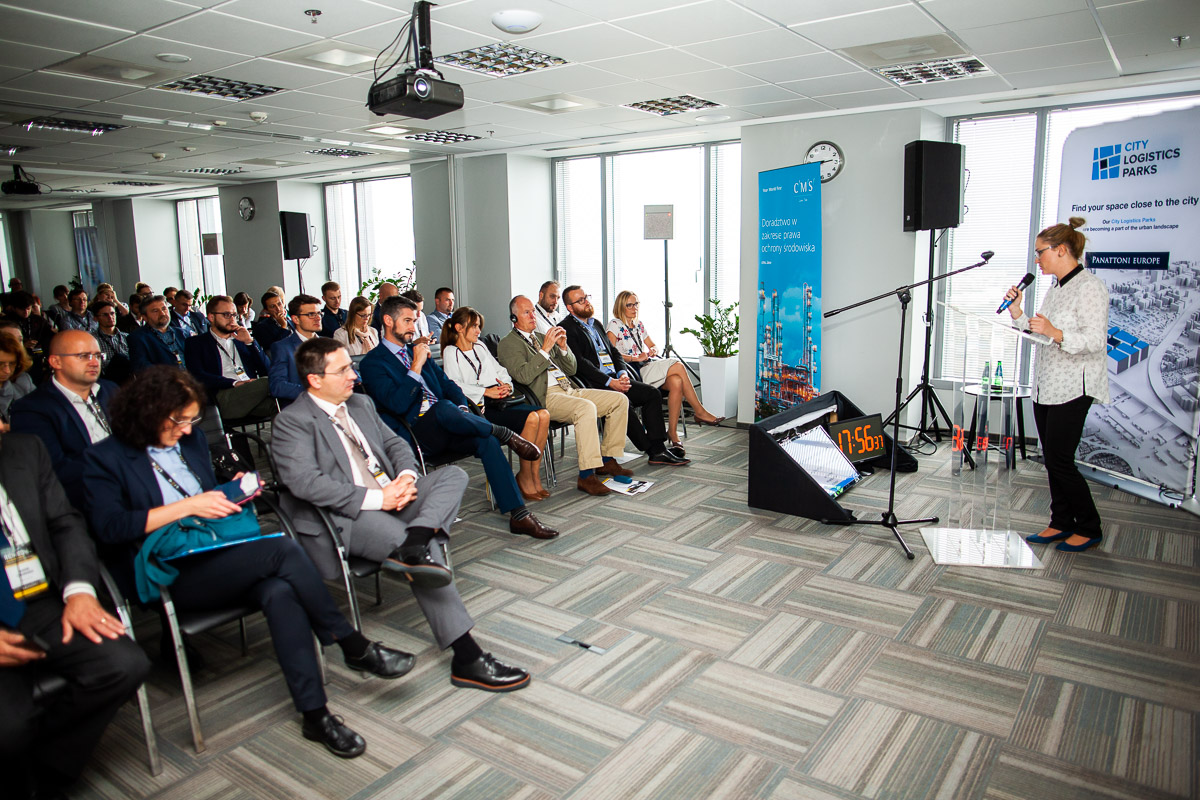
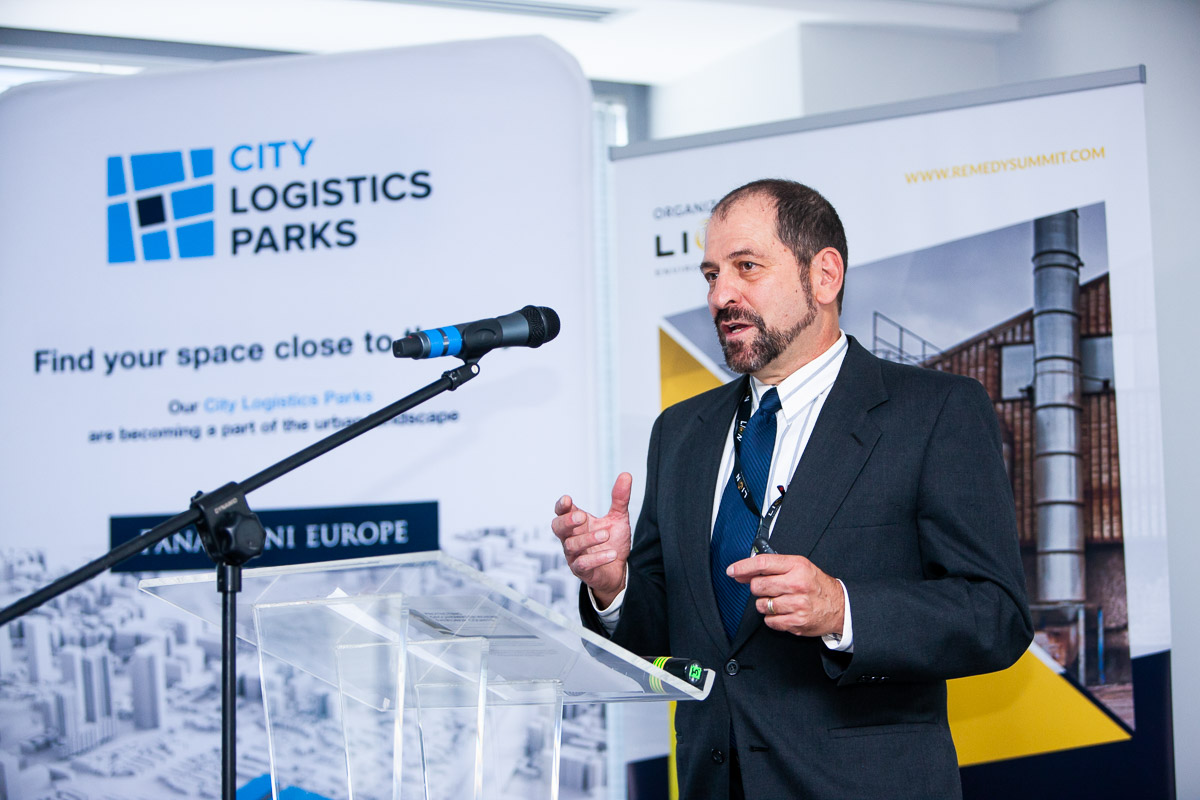
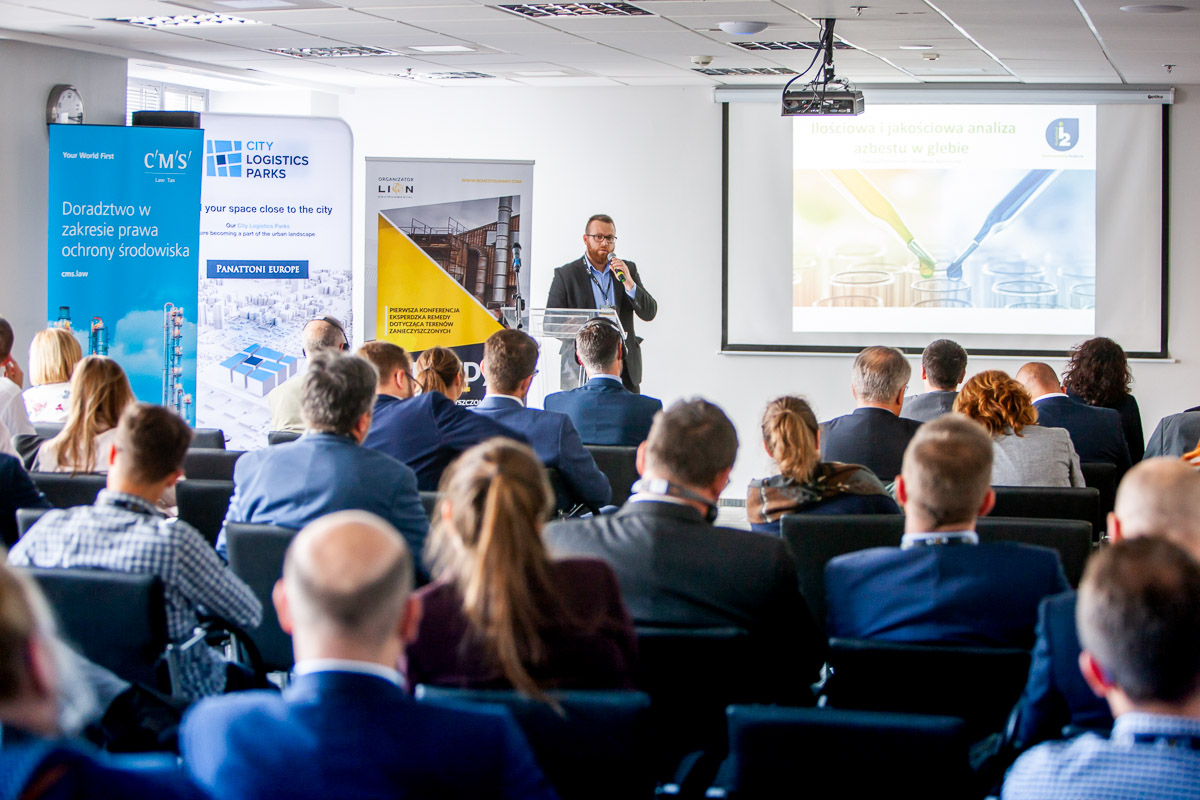
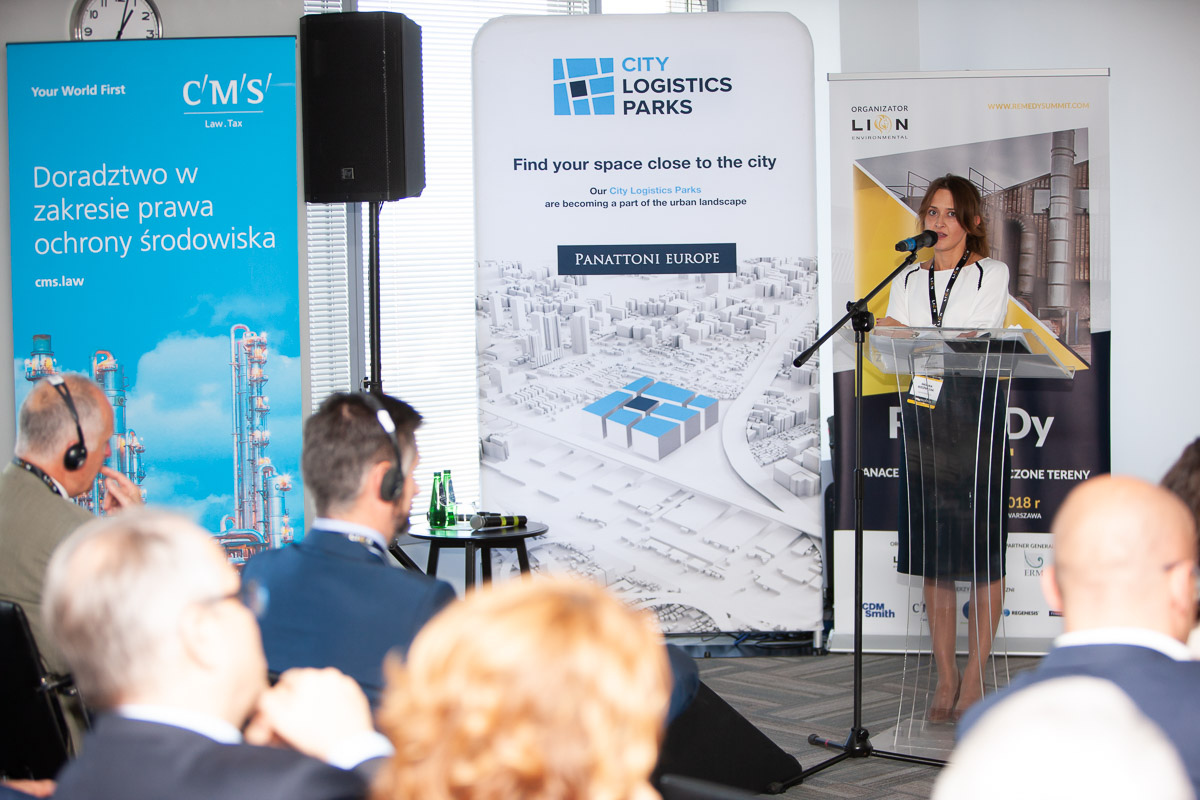
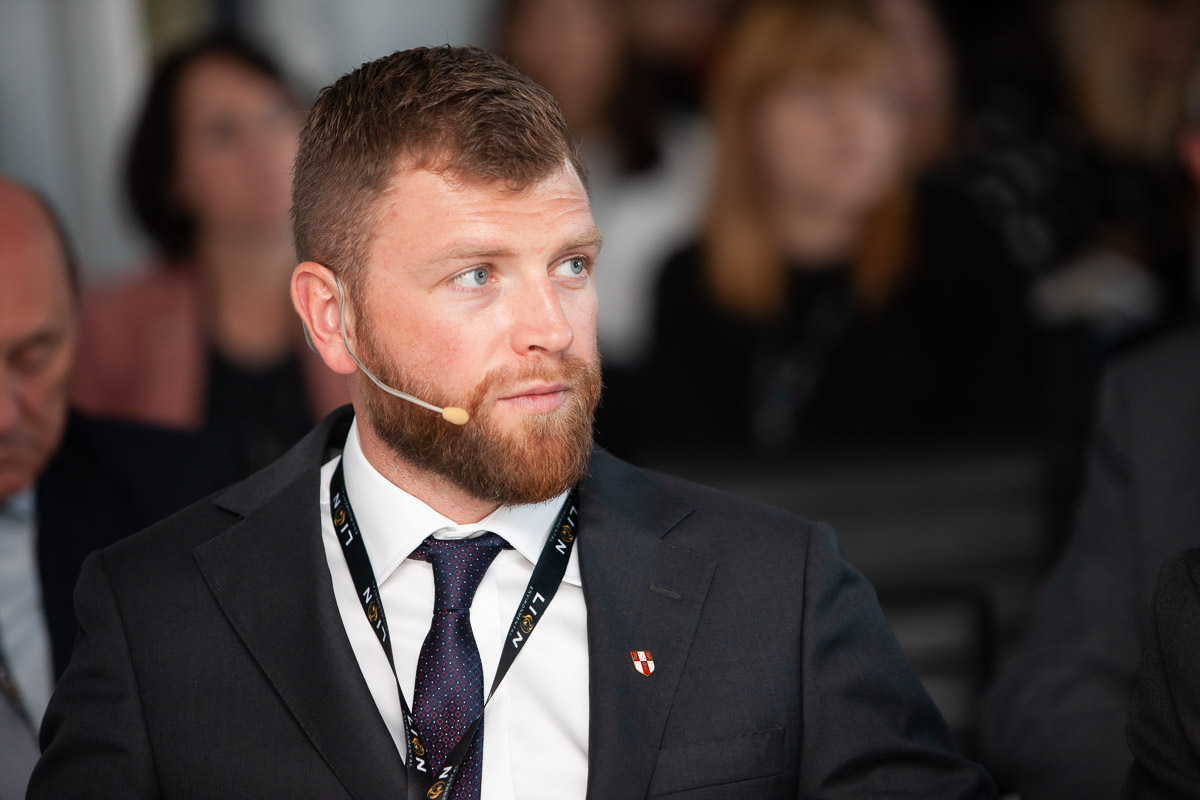
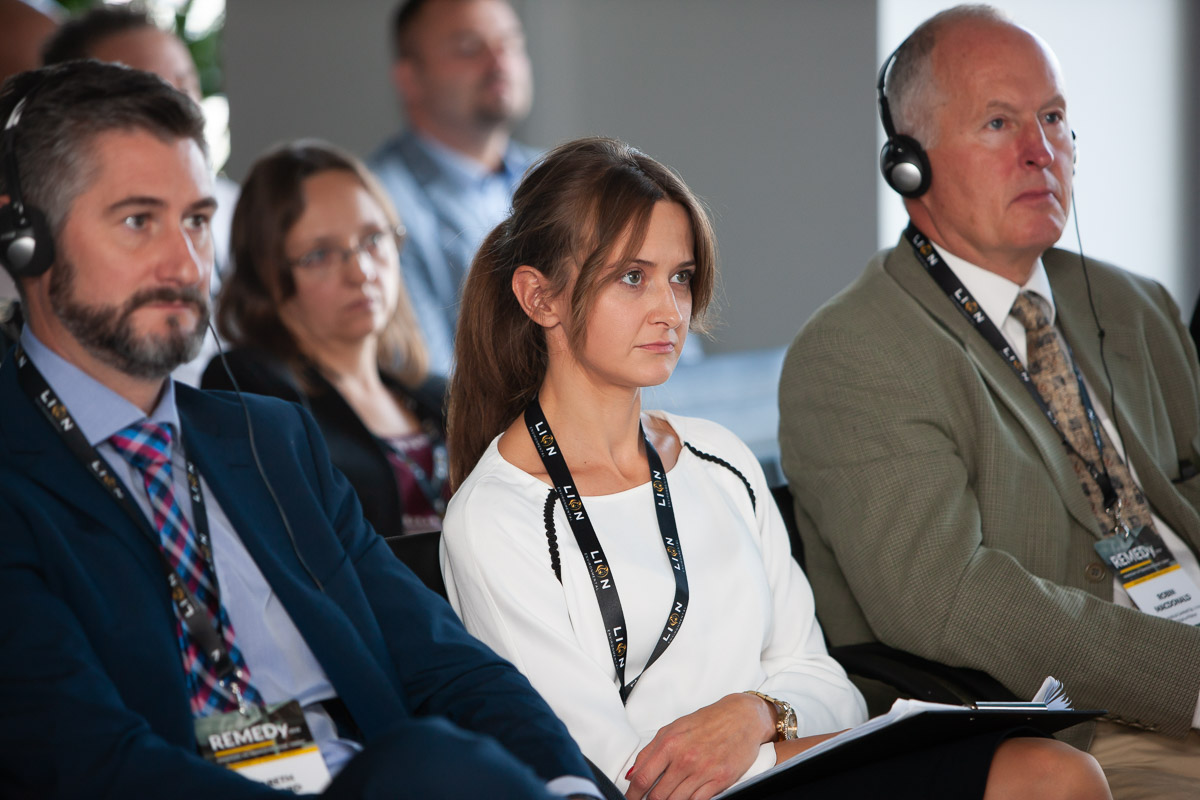
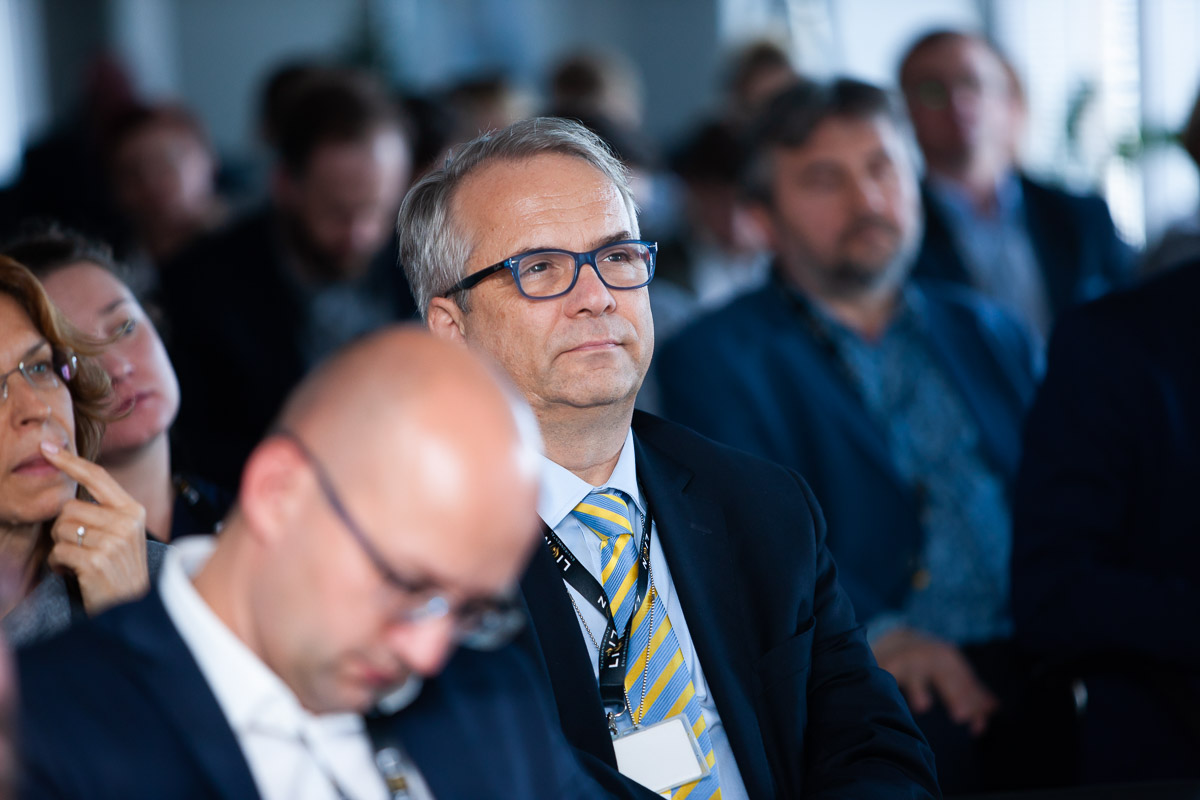
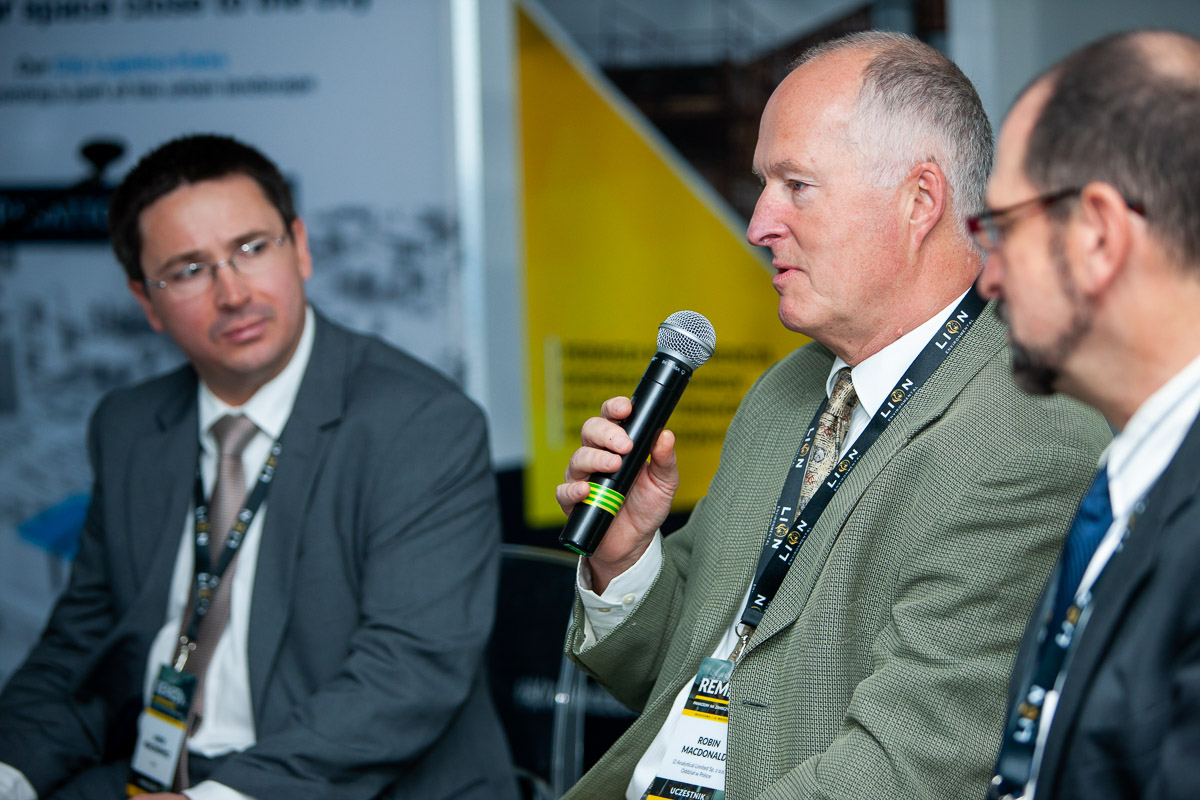
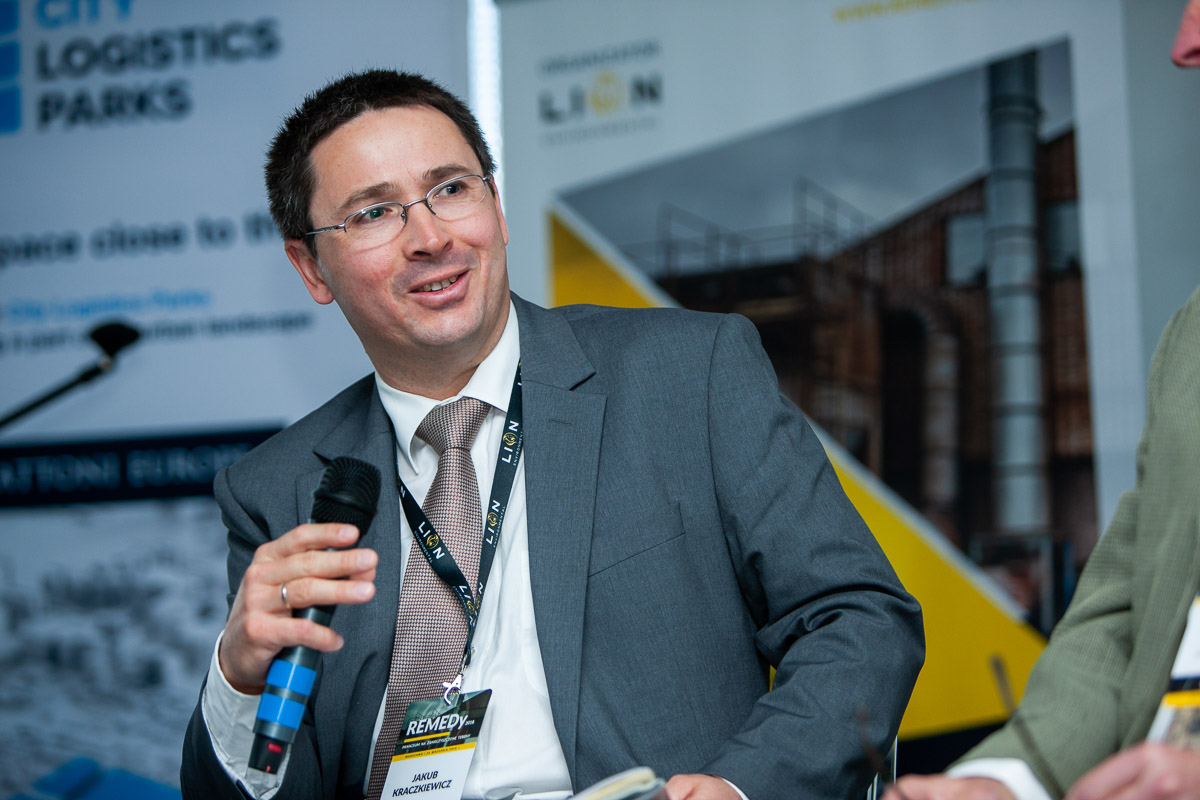
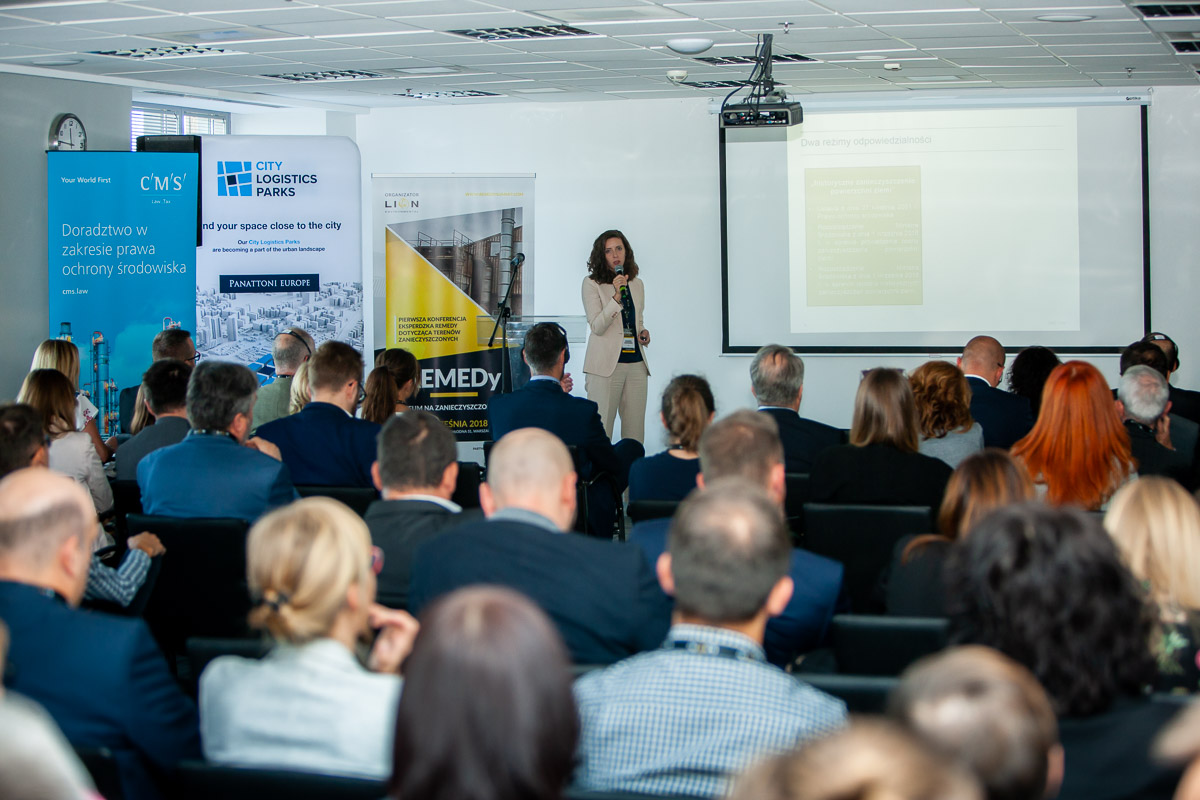
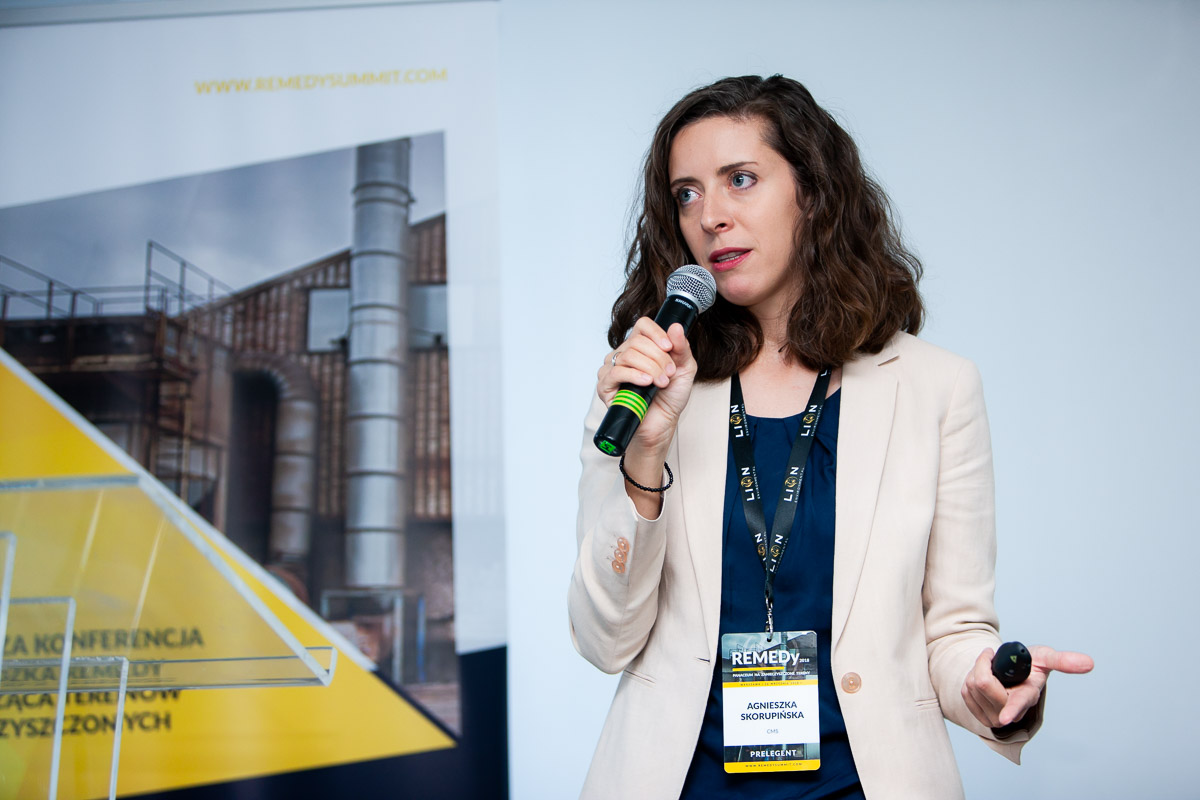
SPEAKERS
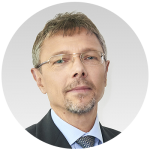
Piotr Kociołek
Environmental Director Europe, Panattoni Development Europe

Andre Chiaradia
Independent Professional
Directed Brownfields grants and grant development providing assistance to municipalities, non-profits and political entities in the acquisition, disposition, and redevelopment of contaminated properties.
Regulator/Remediation Manager
Administrator and regulator for environmental releases under the US Federal Superfund program, CERCLA, Arizona State Superfund program and WQARF (Water Quality Assurance Revolving Fund). Stakeholder representative at US Department of Defense sites, Formerly Used Defense Sites, and Military Munitions Response Project Sites.
Director of Environmental Health and Safety
Developed and maintained safety and environmental programs to ensure compliance with requirements for projects and staff.
Consultant
Provided training in environmental, health and safety and regulatory compliance. Services conducted for: manufacturing entities, energy produces, Federal Facilities, Department of Defense, health care, pharmaceutical producers, higher education institutions and life science companies."

Robin MacDonald
Chair, Environmental Industries Commission

Jakub Kraczkiewicz
Principal Consultant

Agnieszka Skorupińska
Attorney at law, Head of Environmental Law Practice, CEE and Poland, CMS
She worked for companies from the energy, chemical, metallurgic, cement, construction, waste, FMCG, water and sewage, renewable energy and other sectors. In 2014, awarded in the Dziennik Gazeta Prawna daily's ranking ""Rising Stars Lawyers - leaders of tomorrow"". In the Chambers Europe ranking, recommended as a lawyer specializing in environmental protection law since 2013.

Agata Godlewska-Hejduk
Senior Consultant, ERM Polska

Katarzyna Klukowska
Specialist in geology and the environment

Monika Rzeźniczak
Technical Director, Lion Environmental

Gareth Leonard
Managing Director, Regenesis in Europe

Dariusz Piotrowski
Technical Director and Head of Geotechnical Laboratory, i2 Analytical

Sebastian Stachowski
Managing Director of Lion Environmental
ORGANIZERS
AGENDA
» show
» less
» show
» less
» show
» less
» show
» less
» show
» less
» show
» less
» show
» less








